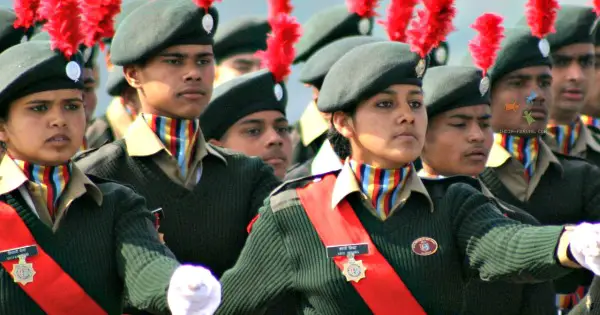National Cadet Corps Camps
NCC (National Cadet Corps) is a national organization which has helped in inculcation in the cadets a spirits of courage, confidence, self-reliance, selfless service, a feeling of patriotism, faith in oneself, power of thought and adjustment which are essential to make the youth disciplined and dutiful.
The formation of the National Cadet Corps (NCC) under the NCC Act, 1948 was a major milestone for the development of the student community. With its motto of“Unity And Discipline”, the NCC has become instrumental in molding the character and imparting in our students a dynamic outlook during their school and college education.
NCC Camps
- Combined Annual Training Camp( CATC)
- Basic leadership Camp ( BLC)
- Pre Republic Day Camp( Pre-RDC)
- Advanced Leadership Camp( ALC)
- Course at Himalayan Mountaineering Institute, Darjeeling.
- Paratroopers camp
- National Integration Camp( NIC)
- Attachment to regular Army/Navy
- Army attachment
- Hospital Attachment
- Naval Attachment
- Air Attachment
- IMA Attachment
- OTA Attachment.
- Republic Day Camp ( RDC)
- Tal/Nau Sainik CampÂ
- Trekking Camp
- Social Service Camp (SSC)
- Independence Day Camp (IDC)
- Youth exchange program(YEP)
Comments
Post a Comment